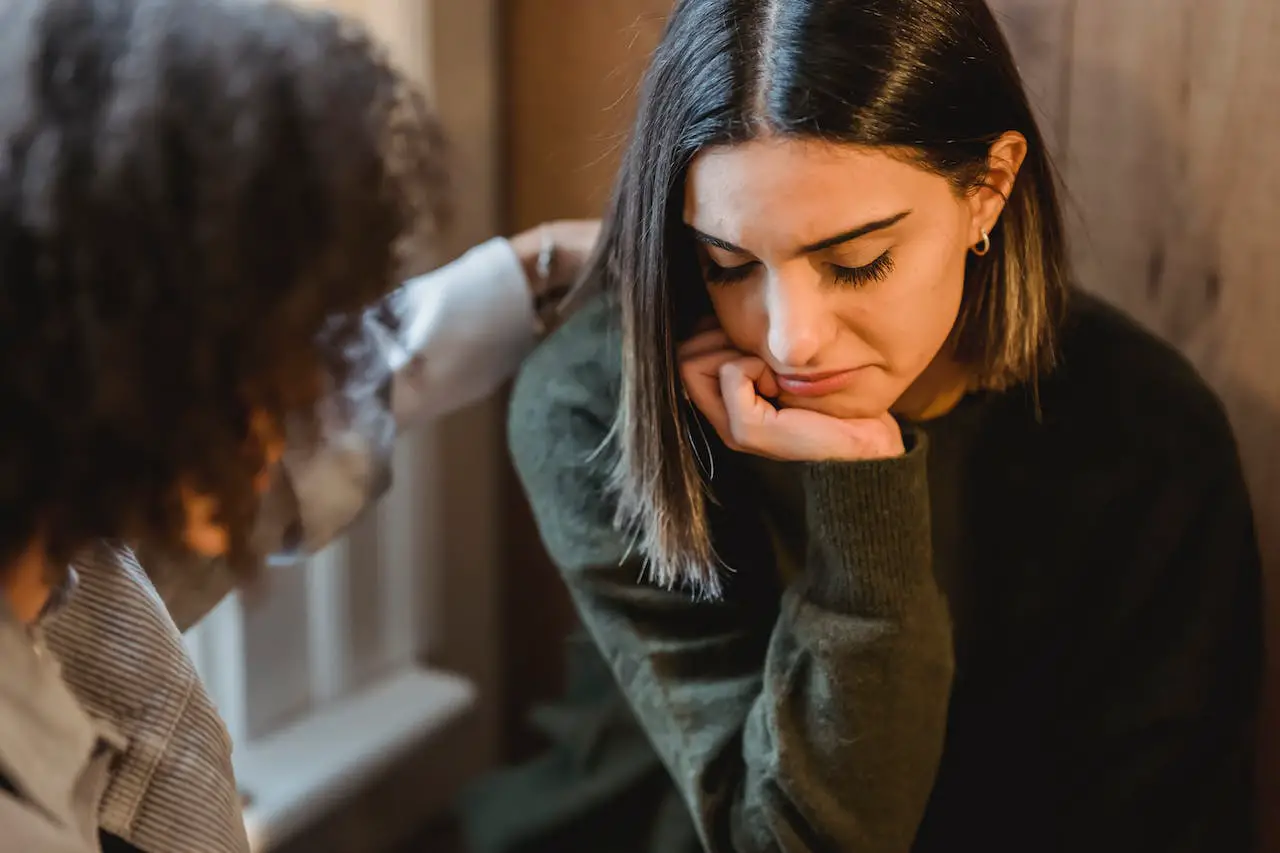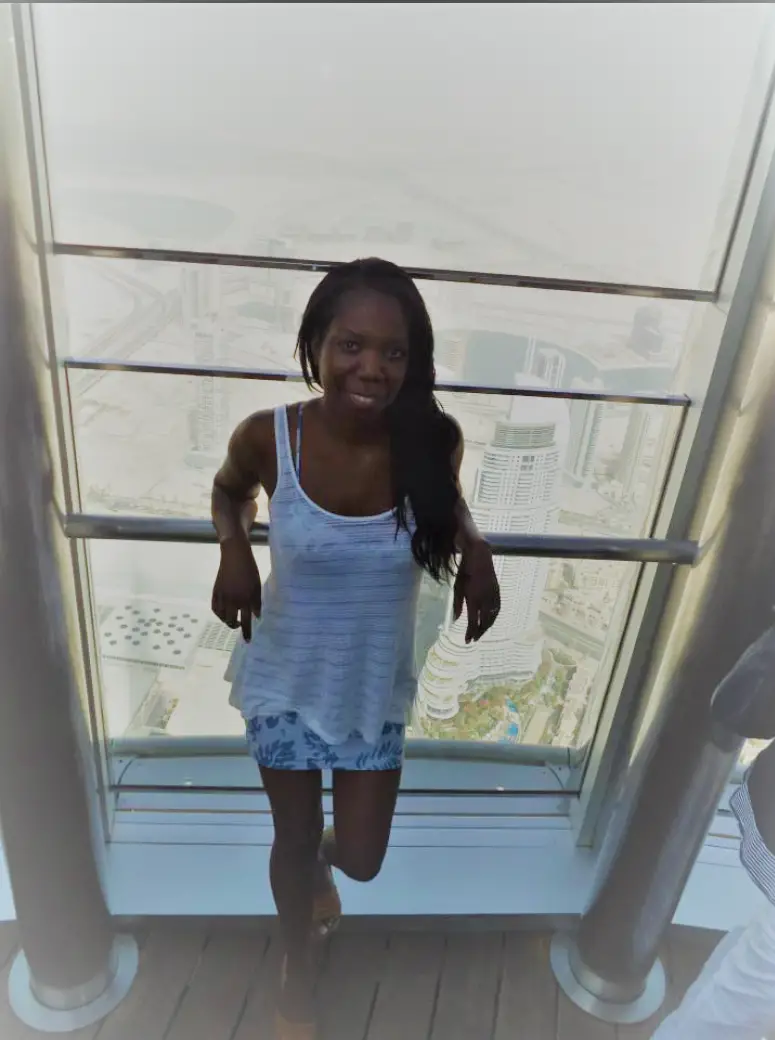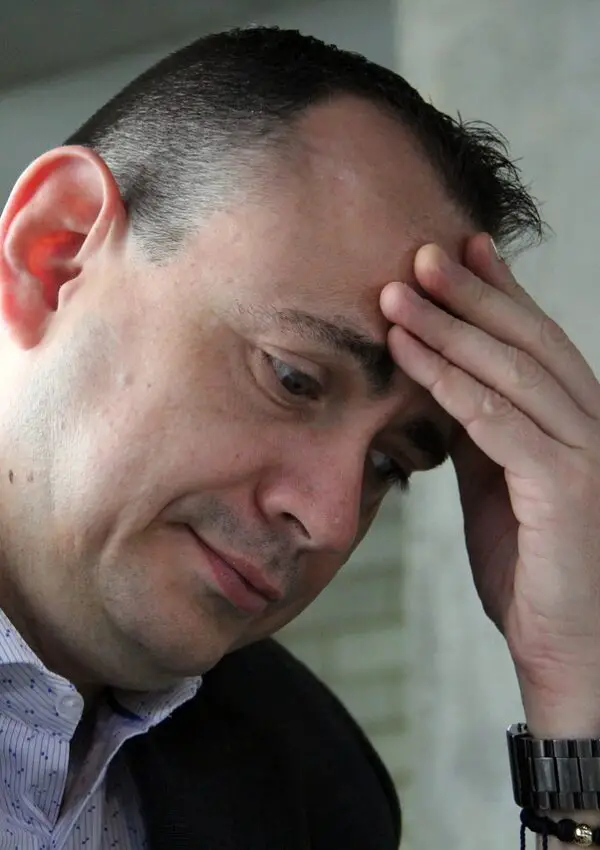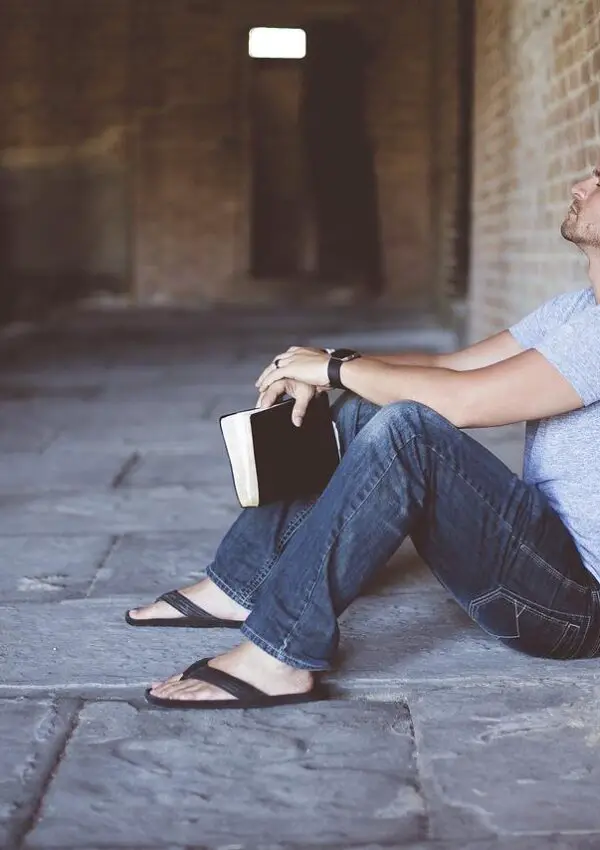
Coping with anxiety involves practicing mindfulness techniques like deep breathing and meditation. Creating a network of friends or mental health experts to lean on offers important channels for perspective-taking and emotional expression.
Additionally, leading a balanced lifestyle, including regular exercise and making some dietary adjustments, can help in overall anxiety management.
Anxiety is the body’s reaction to actual or perceived threats. Everybody experiences this natural process at some point in their lives. Although anxiety is a normal and healthy reaction to stress, when it persists for an extended period, it can seriously harm your health. It can be upsetting and crippling.
Anxiety can affect your life by making you less productive and unable to engage in some activities. When anxiety gets to the level of affecting your lifestyle, you need to apply some coping mechanisms to control it.
Coping techniques for anxiety are vital resources that people can use to control and reduce anxiety. Although these techniques might not eliminate anxiety, they can help you manage it. This article will delve into the best mechanisms for dealing with anxiety.
Symptoms of Anxiety
A person with anxiety may experience some of the following symptoms.
- Tightness or muscle tension, usually in the shoulders, back, or neck.
- Tension headaches and migraines.
- Restlessness, feeling tense, or becoming quickly agitated.
- Feeling exhausted.
- Having trouble getting sleep or staying asleep.
- Nausea.
- Excessive worry.
- Irritability.
- Heart palpitations
- Feelings of dread
Coping Strategies for Anxiety
Here are some anxiety coping methods that can help mitigate its impact.
Physical Activity
Exercise is one of the great ways to deal with anxiety. It triggers the body to release natural mood enhancers, which reduce anxiety. Exercise also helps to improve your overall well-being. Make a schedule that will allow you to exercise frequently. Start slowly and increase the intensity of your routine for best results.
Deep Breathing Exercises
Deep breathing techniques like diaphragmatic breathing and belly breathing help you relax by triggering the body’s parasympathetic nervous system. Carbon dioxide aids the body to regulate anxiety.
To ensure you are breathing correctly, place one hand on your lower belly and the other on your chest. Ensure it’s your abdomen that moves and not your chest. This technique also helps in preventing the anxiety-related “fight or flight” reaction.
Balanced Diet
Nutrition is a crucial factor in mental health. A diet rich in nutrients, such as complex carbohydrates and omega-3 fatty acids, helps improve mood and reduce anxiety symptoms. Magnesium also promotes muscle relaxation.
Mindful Meditation
This is another great anxiety control mechanism. Regularly practicing mindful meditation can train your mind to control anxiety. You must stay in the present moment for this technique to be effective. Guided meditation, focused breathing, and body scan can help you divert attention from anxious thoughts. Consider walking meditation or yoga if you have trouble focusing while sitting stationary.
Adequate Sleep
Sleep deprivation can worsen anxiety. Make every effort to ensure you get adequate sleep to feel refreshed. Better sleep hygiene includes avoiding stimulants before bed, making a cozy sleeping environment, and establishing a regular sleep schedule.
Support Groups
Support groups offer an avenue for people with anxiety to network and learn more about anxiety. Sharing your feelings with close friends and family helps alleviate anxious thoughts.
Cognitive Behavioral Therapy
Cognitive therapy is a therapeutic technique that assists people in recognizing and reframing the negative thought patterns that fuel anxiety. The goal of cognitive therapy is to change thought and belief habits that contribute to and cause anxiety.
These strategies include reasonable self-talk, cognitive challenging, cognitive restructuring, and reality testing. It entails keeping an eye on your inner dialogue, confronting harmful fears, and verifying the veracity of negative ideas. Learning to question and alter illogical thoughts can lead to positive thinking.
Journaling
Writing down anxious thoughts is a therapeutic way of dealing with anxiety. Journaling also promotes self-awareness by assisting in identifying patterns, triggers, and what makes you feel better.
Learning to Say No
Anxiety management requires understanding when to say no and setting reasonable boundaries. Overcommitting leads to overwhelming emotions, which can cause anxiety.
Major Causes of Anxiety
The following are some common causes of anxiety.
Past Experiences
Stressful events that occur during childhood, adolescence, or maturity can cause anxiety later in life. Experiences that can trigger anxiety include neglect, emotional or physical abuse, and losing a loved one.
Drug Abuse and Medication
Drug and alcohol abuse can cause anxiety. Withdrawal from certain drugs can also trigger anxiety. Additionally, some psychiatric medications, including anti-depressants and stimulants, have anxiety as a side effect.
Life Situations
Major life changes, unstable employment, or financial hardships can trigger stress. Strained personal relationships can also be a contributing factor to anxiety.
Brain Structure and Functioning
The anatomy and physiology of particular brain regions, including the prefrontal cortex and the amygdala, are linked to anxiety disorders. These regions are involved in processing of emotions and the management of the fear response.
Types of Anxiety Disorders
There are several types of anxiety disorders. Here are some of them.
Specific Phobia
Specific phobia is a persistent fear of certain objects, circumstances, or harmless activities. Patients are unable to get over their overwhelming dread despite knowing it. Some individuals go to great lengths to avoid their fears.
Generalized Anxiety Disorder
This is the most common anxiety disorder. These worries center around routine issues like work obligations, family health, or smaller concerns like housework, auto maintenance, or appointments. Symptoms of GAD include restlessness, fatigue, and trouble sleeping.
Agoraphobia
Agoraphobia is the fear of and avoidance of locations, occasions, or circumstances where it could be impossible to flee, or assistance might not be accessible in an emergency. The disorder interrupts normal routine. Agoraphobia includes fear of crowded places, open places, or using public transport.
Social Anxiety Disorder
This is a fear of embarrassment in public or facing negative feedback from others in social settings. It’s characterized by fear of social scenes, stage fright, intimacy anxiety, and worry about being poorly perceived by others.
Panic Disorder
Panic disorder involves intense anxiety and apprehension. Symptoms include heart palpitations, chest pain, sweating, numbness, trembling, and shortness of breath. These panic episodes can cause anxiety about reoccurring or make you avoid settings where they’ve happened.
Final Thoughts
Anxiety management entails a mix of self-care routines, lifestyle changes, and getting professional help when necessary. Incorporating these techniques into your everyday routine will help you manage your anxiety in a more resilient and well-balanced manner. If the anxiety worsens or persists, it’s advisable to consult a mental health professional.





